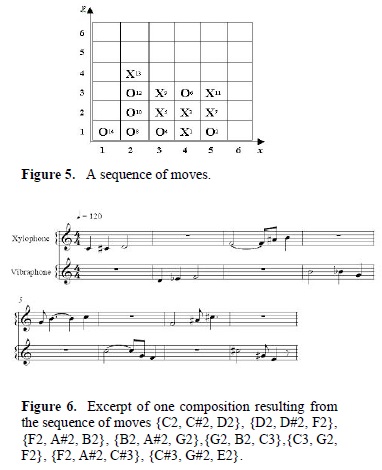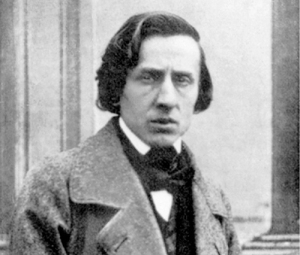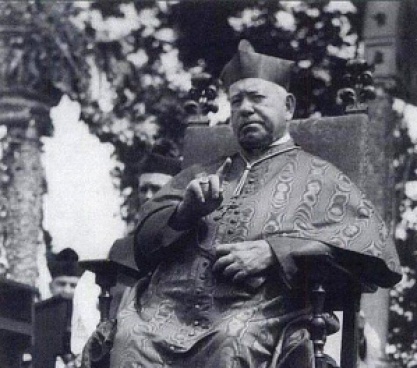MIDI-Connect4 is a program that composes music from the unfolding of a board game, Hasbro’s Connect 4™.
The system uses evolutionary computation to evolve from scratch a neural network that plays the Connect 4 game. Music is produced when a user plays the game against the system. The system generates music by associating the moves of each player with musical forms (see above).
The program was inspired by a musical event called Reunion, which was conceived by John Cage, Marcel Duchamp, and Teeny Duchamp in 1968, in which sounds were spatially distributed around a concert audience as a chess game unfolded.
This according to “Composition as game strategy: Making music by playing board games against evolved artificial neural networks” by Eduardo Reck Miranda and Qijun Zhang, an article included in Proceedings of the 31st International Computer Music Conference (San Francisco: International Computer Music Association, 2005).
Below, the game’s intrinsic acoustical properties.
Related articles:












